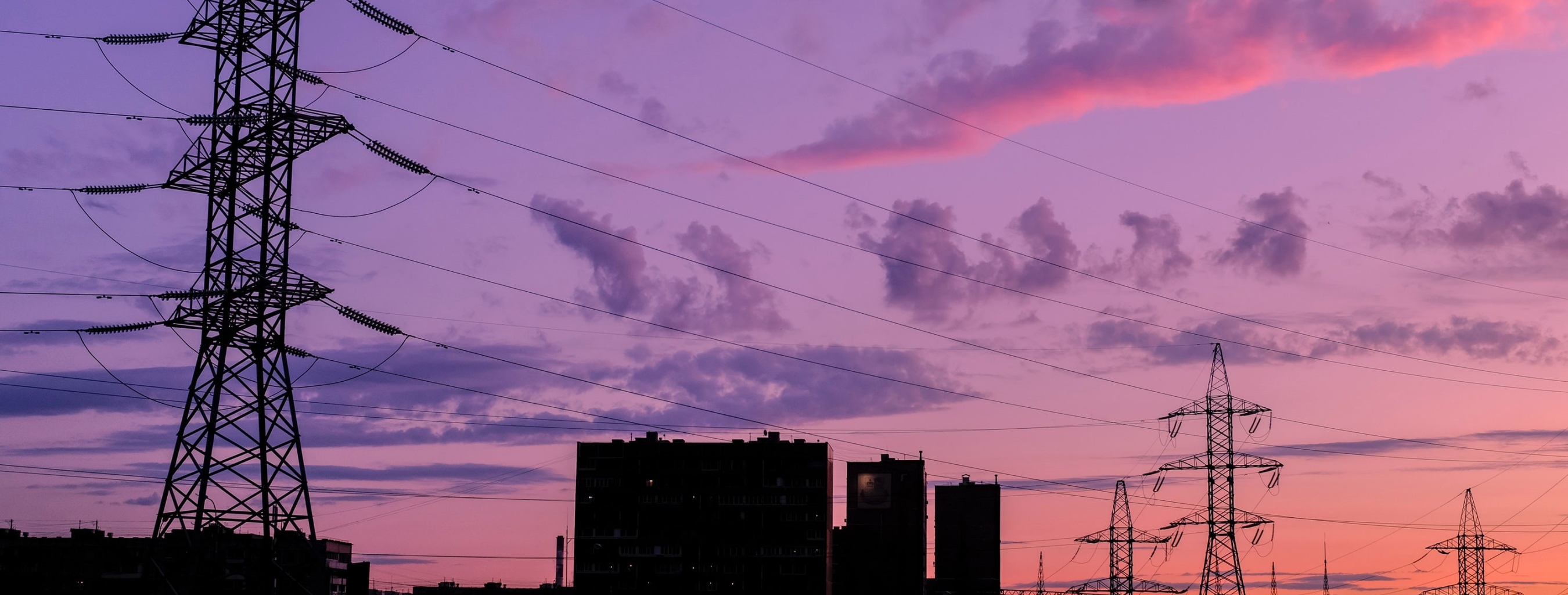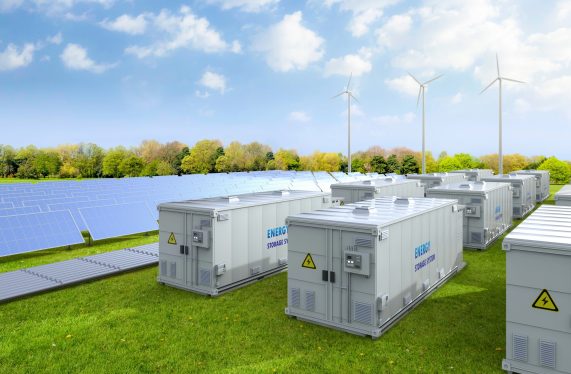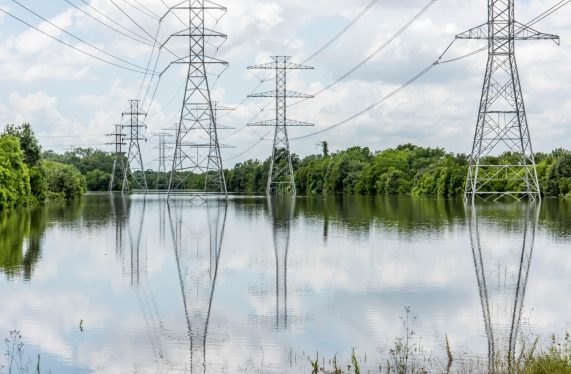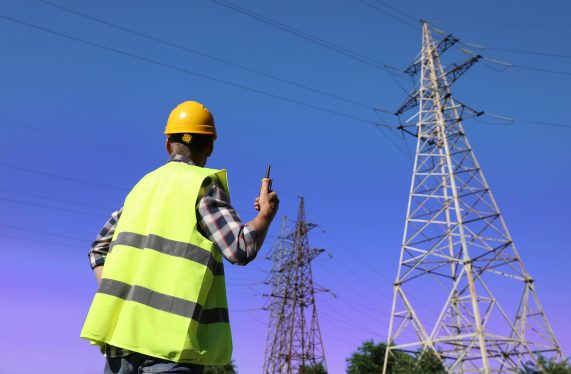Cross-border energy transfer between European countries is nowadays a critical issue, as the European Union (EU) seeks to increase energy security, promote the use of renewable energy sources and eliminate greenhouse gas emissions by 2050.
However, there are significant challenges associated with such projects that need to be overcome to take advantage of the potential benefits.
One of the main challenges of transnational energy transmission in Europe is the regulatory framework.
Each country follows specific regulations for the energy transmission within its borders, which can complicate the development of cross-border projects.
To address this issue, the EU deployed the Energy Union framework, which aims to create a coordinated sustainable energy market across Europe.
The infrastructure needed to support the transmission of energy between European countries is another challenge that the EU must address.
In particular, it requires the construction of new substations and transmission lines, which usually constitute costly and time-consuming projects.
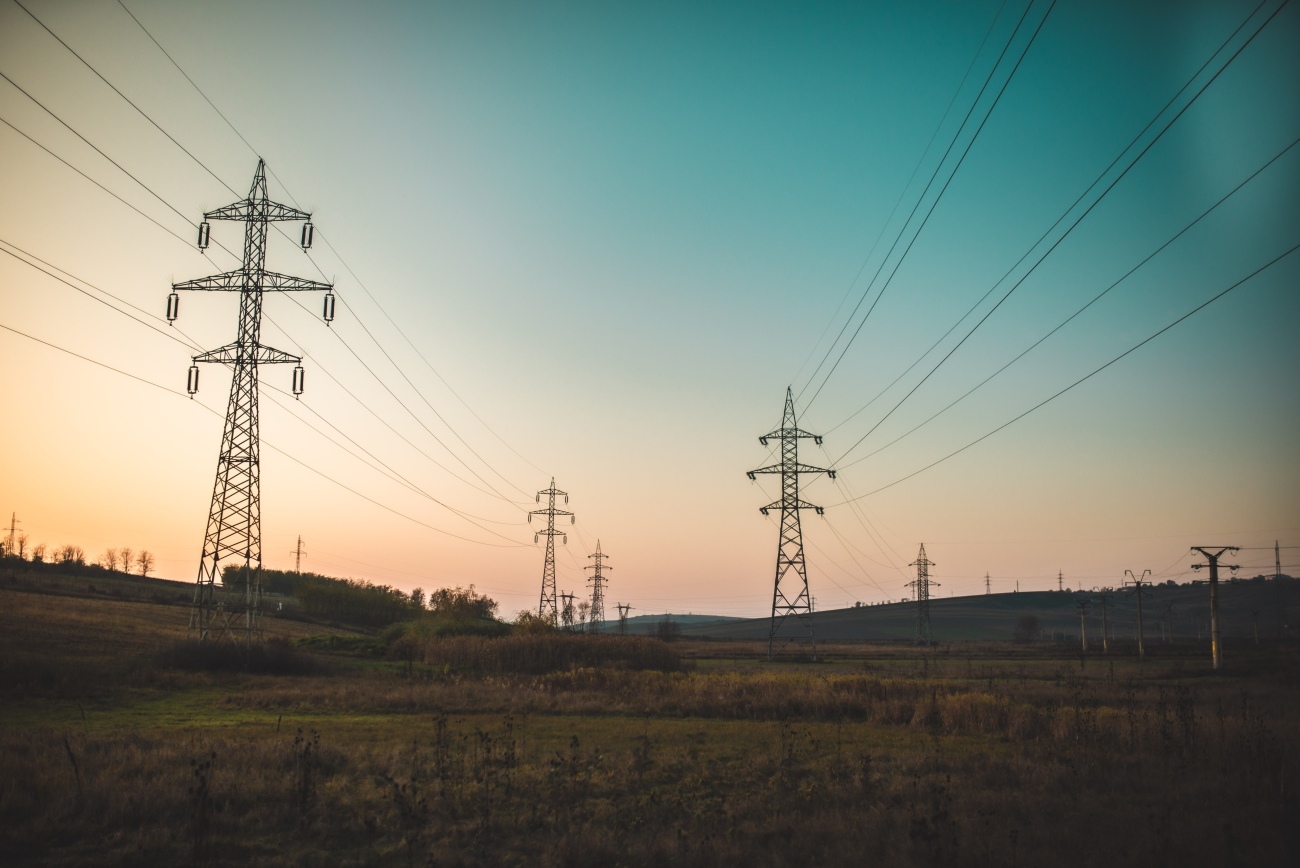
In fact, Europe's varied topography can complicate and slow down the construction of such infrastructures.
In addition, technical challenges related to the interoperability of cross-border electricity systems need to be taken into account in the context of the Energy Union.
The fact that there are diverse electricity systems and voltage levels between countries is another issue that needs to be tackled for the transnational energy transmission.
In addition, it is necessary to ensure the stability and reliability of the transmission system in order to avoid blackouts and other disruptions.
Despite those challenges, there are significant opportunities associated with energy transport in Europe.
One of the main benefits is the augmented energy security.
By diversifying their energy sources, the countries can reduce their dependence on any single supplier or energy source, reducing the risk of supply disruptions and price volatility.
Another benefit is cost savings.
Energy transmission projects between countries can benefit from economies of scale, which reduce the overall cost of energy production and distribution, increasing the total amount of produced energy.
This can lead to lower energy prices for consumers and businesses, which in turn can boost economic growth and development.
Cross-border energy transfer can also significantly contribute to the reduction of greenhouse gas emissions.

By allowing energy transfer from sustainable sources such as wind and solar power, countries can reduce their dependence on fossil fuels and contribute to the mitigation of climate change.
There are several examples of successful transnational energy transmission projects in Europe.
A notable example is the Nord Pool electricity exchange, which allows for the transfer of electricity between Denmark, Finland, Norway and Sweden.
This project has contributed to the development of a regional energy market and the integration of renewable energy sources.
Another example is the IFA interconnection, which links the electricity grids of the United Kingdom and France.
This project has increased energy security, allowing the two countries to share energy resources.
In conclusion, cross-border energy transmission is a crucial factor in achieving European sustainability objectives.
Although technical, financial and regulatory barriers may hamper the development of such projects, the potential benefits are significant, including increased energy security, cost savings and limitation of greenhouse gas emissions.
As the EU seeks to create a more integrated and sustainable energy market, transnational energy transport is likely to play an increasingly important role in the near future.
